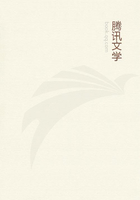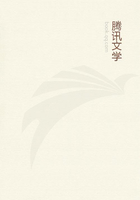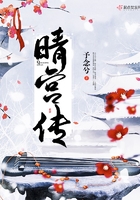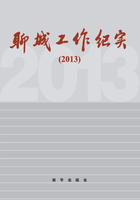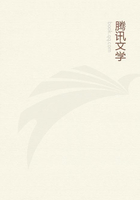His fame in science rests chiefly upon his discoveries in electricity.On a visit to Boston in 1746 he saw some electrical experiments and at once became deeply interested.Peter Collinson of London, a Fellow of the Royal Society, who had made several gifts to the Philadelphia Library, sent over some of the crude electrical apparatus of the day, which Franklin used, as well as some contrivances he had purchased in Boston.He says in a letter to Collinson: "For my own part, I never was before engaged in any study that so engrossed my attention and my time as this has lately done."Franklin's letters to Collinson tell of his first experiments and speculations as to the nature of electricity.Experiments made by a little group of friends showed the effect of pointed bodies in drawing off electricity.He decided that electricity was not the result of friction, but that the mysterious force was diffused through most substances, and that nature is always alert to restore its equilibrium.He developed the theory of positive and negative electricity, or plus and minus electrification.The same letter tells of some of the tricks which the little group of experimenters were accustomed to play upon their wondering neighbors.They set alcohol on fire, relighted candles just blown out, produced mimic flashes of lightning, gave shocks on touching or kissing, and caused an artificial spider to move mysteriously.
Franklin carried on experiments with the Leyden jar, made an electrical battery, killed a fowl and roasted it upon a spit turned by electricity, sent a current through water and found it still able to ignite alcohol, ignited gunpowder, and charged glasses of wine so that the drinkers received shocks.More important, perhaps, he began to develop the theory of the identity of lightning and electricity, and the possibility of protecting buildings by iron rods.By means of an iron rod he brought down electricity into his house, where he studied its effect upon bells and concluded that clouds were generally negatively electrified.In June, 1752, he performed the famous experiment with the kite, drawing down electricity from the clouds and charging a Leyden jar from the key at the end of the string.
Franklin's letters to Collinson were read before the Royal Society but were unnoticed.Collinson gathered them together, and they were published in a pamphlet which attracted wide attention.
Translated into French, they created great excitement, and Franklin's conclusions were generally accepted by the scientific men of Europe.The Royal Society, tardily awakened, elected Franklin a member and in 1753 awarded him the Copley medal with a complimentary address.** It may be useful to mention some of the scientific facts and mechanical principles which were known to Europeans at this time.
More than one learned essay has been written to prove the mechanical indebtedness of the modern world to the ancient, particularly to the works of those mechanically minded Greeks:
Archimedes, Aristotle, Ctesibius, and Hero of Alexandria.The Greeks employed the lever, the tackle, and the crane, the force-pump, and the suction-pump.They had discovered that steam could be mechanically applied, though they never made any practical use of steam.In common with other ancients they knew the principle of the mariner's compass.The Egyptians had the water-wheel and the rudimentary blast-furnace.The pendulum clock appears to have been an invention of the Middle Ages.The art of printing from movable type, beginning with Gutenberg about 1450, helped to further the Renaissance.The improved mariner's compass enabled Columbus to find the New world; gunpowder made possible its conquest.The compound microscope and the first practical telescope came from the spectacle makers of Middelburg, Holland, the former about 1590 and the latter about 1608.Harvey, an English physician, had discovered the circulation of the blood in 1628, and Newton, an English mathematician, the law of gravitation in 1685.
If Franklin's desire to continue his scientific researches had been gratified, it is possible that he might have discovered some of the secrets for which the world waited until Edison and his contemporaries revealed them more than a century later.
Franklin's scientific reputation has grown with the years, and some of his views seem in perfect accord with the latest developments in electricity.But he was not to be permitted to continue his experiments.He had shown his ability to manage men and was to be called to a wider field.

